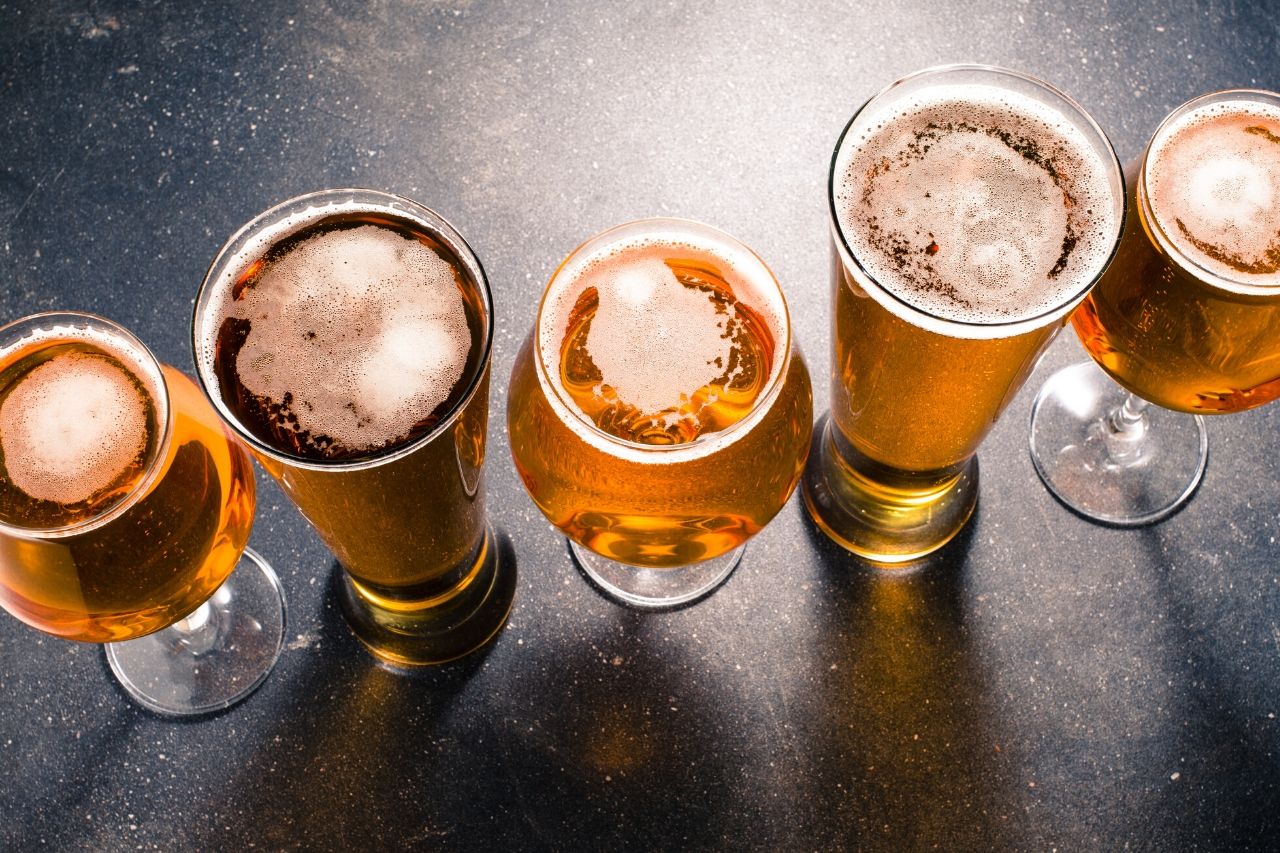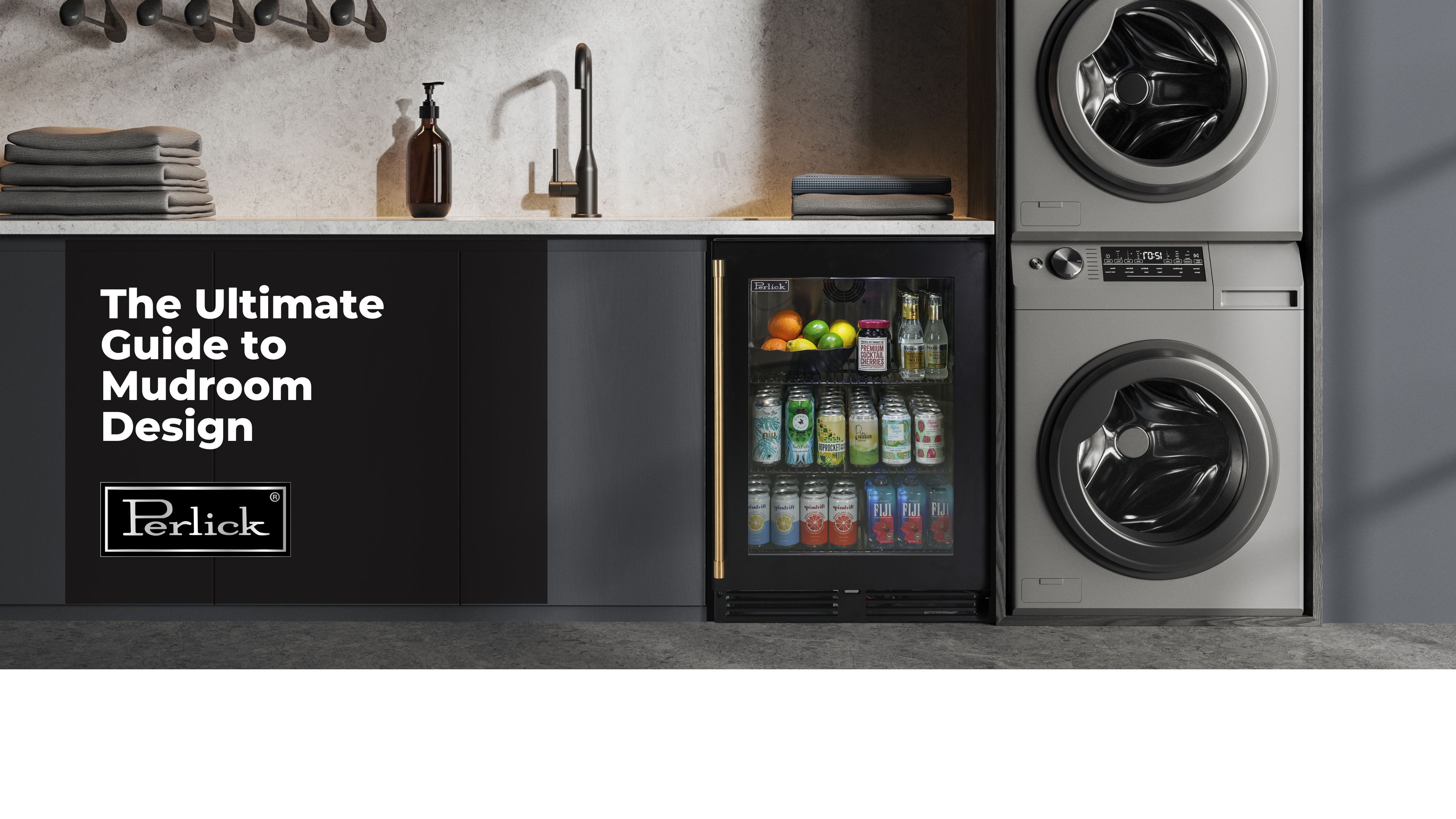Have you ever sat down at a local tavern and ordered one of your favorite beers only to take a sip and notice it tasted stale or sour? This is a bar foul more common than people think, and it is most often caused by dirty beer lines.
That's right. You may be drinking unwanted particles caused by mold, bacteria, and other ingredients added in what bartenders aptly call the "last mile": the journey from the keg to the mug. Let's dive in to see how you can tell if your draft beer lines are living up to the desired taste that your customers both deserve and expect.
Telltale Signs of Dirty Draft Lines
The taste of draft beer is often a good indicator of the cleanliness, or the lack thereof, of a draft line. Many times you can even pinpoint the contamination with a taste test. There are two common contaminants that are easily identified by their characteristic flavors.
Acetaldehyde and/or Acetic Acid:
These are related chemicals, acetaldehyde being a precursor to acetic acid. Acetic acid gives the beer a sour taste like vinegar while acetaldehyde gives it the sourness of green apples. Acetaldehyde is a byproduct of fermentation and it is usually removed by yeast before fermentation is finished. But the bacterial buildup in dirty draft lines can cause residual fermentation which can add these chemicals and their off-putting tastes to draft beer.
Diacetyl:
Like acetaldehyde, diacetyl is also a natural byproduct of fermentation which is fully removed by the end of fermentation. But secondary fermentation by bacteria in dirty draft lines can add it back to beer. Diacetyl is the chemical used to impart the buttery flavor to microwaveable popcorn. While it tastes good in popcorn, diacetyl can add an undesirable, synthetic buttery taste to beer.
There are many other chemicals that the unintended fermentation in dirty draft beer lines can add to beer. Unfortunately, all of these chemicals make the beer taste stale or sour. Often enough, it is easy to detect a dirty beer line simply by looking at it. Moldy faucets, cloudy lines, and old beer residue and mold on underbar couplers are sure signs that the equipment is not clean.
So How Can You Keep Your Draft Lines Clean?
Employee education and enforcement of strict cleaning policies are the keys to keeping draft beer lines clean. Employees should be thoroughly familiar with the Brewers Association's Draught Beer Quality Manual and pub management should be diligent about enforcing cleaning policies. The minimum frequency of cleaning is every two weeks, but weekly cleaning is necessary for high volume draft systems. That's also the case if the draft lines are longer than 25 feet. Prior to cleaning, all the beer must be flushed from the lines with water. We recommend using an electric pump to circulate the cleaning solution throughout the entire system. After circulating the cleaning solution, the cleaning chemicals must be thoroughly flushed through the draft lines with water. Make sure that lines are free of the chemical cleaner with a pH test.
When you notice your draft equipment is nearing the end of its life, or gets harder to keep clean, it is well worth the expense to replace it. When purchasing new equipment, be sure to get it from a reputable supplier that is an expert in building durable, high quality, and easy-to-clean beer service equipment. Perlick has won the Best in Class award for Underbar Fabrication for the last 14 years.
Don't let dirty draft lines ruin your bar's reputation. A clean draft line is essential to the health of your customers and the longevity of your equipment. Learn more about how to properly clean your draft beer lines in our free checklist.









https://beerandbrewing.com/off-flavor-of-the-week-acetaldehyde/